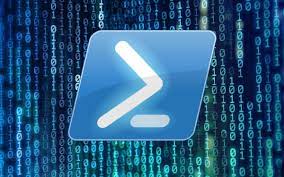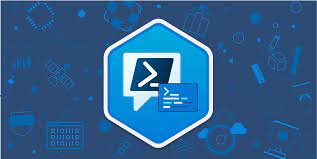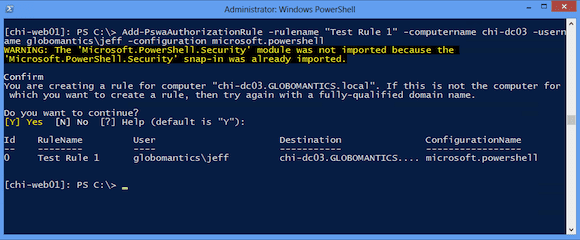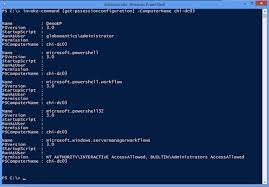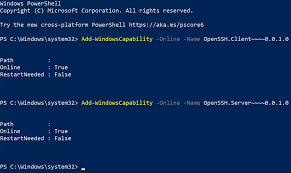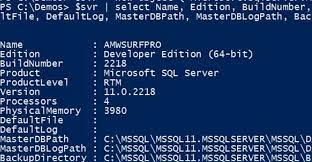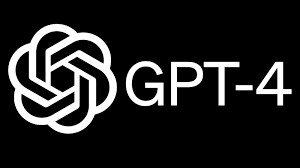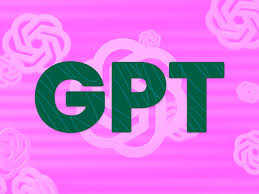25
Oct
Windows PowerShell is a powerful command-line shell and scripting language developed by Microsoft. It is designed specifically for system administration and automation tasks in the Windows operating system. PowerShell provides a comprehensive set of tools and features that enable administrators to manage and control various aspects of the Windows environment efficiently. Key Features of Windows PowerShell: Command-Line Interface: PowerShell offers a command-line interface (CLI) that allows administrators to interact with the operating system and execute commands. It provides a robust and flexible environment for command execution, with support for features like command pipelines, output redirection, and scripting capabilities. Object-Oriented Shell:…
